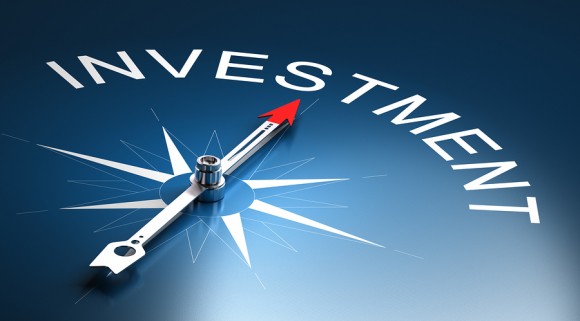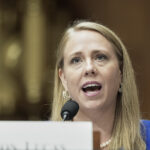Catastrophe bond and insurance-linked securities (ILS) issuance have surged to record levels this year thanks to the continuing influx of alternative capital into the reinsurance market, leaving credit analysts and industry executives with questions about the challenges and benefits this new capital creates and if capital markets investors would buy bonds covering new perils.
Panelists at last week’s Standard & Poor’s Ratings Services’ Annual Insurance Conference said that investors, motivated by a lack of major catastrophic events, particularly hurricanes in the U.S., higher returns, or a need to diversify their portfolios, have poured enough alternative capital into the market to create $5.5 billion in new issuance thus far in 2014, including a single bond for $1.5 billion, a record for the market.
To get an idea of just how much money has entered the market, panelist Greg Hagood, managing partner with Nephila Advisors LLC, said that his firm has “turned away a significant amount of money in the past 18 months” because his firm “couldn’t put it to work.”
The big question is whether this level of alternative capital will continue. Hagood said that it’s not a simple answer. “If there’s a hurricane, some investors will leave,” he said, though he qualified that by saying, “My inclination is that after one big event, it’s a net positive in terms of inflows and outflows” of alternative capital.
Jay Green, senior vice president at GC Securities, said that investors are more sophisticated than some may acknowledge and that “one earthquake won’t send them running for the hills.”
Modeled and Unmodeled Risks
Risk modeling is the perennial topic in this market. If investors understand the probability of a hurricane or earthquake hitting a particular region, they’ll have a better idea of how to price it and gain comfort in that investment, panelists said. As technology and data quality improve and the amount of data —including data from catastrophic events that occur— increases, then issuers and investors will have a great ability to model losses and price risk transfer, they said.
One recent catastrophe bond issuance included exposure to volcanic eruptions and meteor strikes. These are unmodeled perils but investors accepted them. Hagood questioned how the market might model for volcanoes or meteors. He said that combining correlated perils with uncorrelated ones could result in “a bifurcation in the market,” with simple and complex risks in the same pool.
“Nothing wrong with that,” Hagood said. “Investors could take advantage of that bifurcation risk.”
Green said pricing unmodeled risks into these securities is a “natural evolution in the market.”
Cyber risk is another new peril, with David Lalonde, senior vice president, AIR Worldwide, noting that a terrorism model could be used.
Flood is another risk that could be transferred to the capital markets, panelists suggested.
Lalonde said that while modeling and pricing for floods is a challenge, especially in the U.S. where it requires mapping millions of miles of rivers, there’s a significant amount of commercial lines exposure to this peril.
Green said that customizing a flood trigger over an expansive area is challenging, but models are evolving and clients would desire such coverage.
Climate change has taken center stage in recent years and last week President Barack Obama laid out plans to combat carbon emissions. It’s a complicated issue, according to Lalonde.
“In terms of climate, there’s a lot of confusion. We’ve observed weather volatility, not climate change,” said Lalonde, adding that scientists would need to “separate out that variability from the long-term change—we’re not there yet. Because climate change is happening over decades, it’ll get into models over time,” he said, but “there’s a tendency to overreact. Risk [of climate change] didn’t change, the industry perception changed.”
Green said it’s very much on the industry’s collective mind, though it’s still more of a long-term challenge. “No one’s coming to us looking for a solution tomorrow, but it’s something” about which the industry has been vocal.
Source: Standard & Poor’s
Topics Catastrophe Numbers Climate Change
Was this article valuable?
Here are more articles you may enjoy.



 Former CEO of Nonprofit P/C Statistical Agent Sentenced for Stealing Millions
Former CEO of Nonprofit P/C Statistical Agent Sentenced for Stealing Millions  Head of EEOC Urges White Men to Report Discrimination
Head of EEOC Urges White Men to Report Discrimination  Freight Broker Says $400K in Lobster Meat Stolen in Fictitious Pickup
Freight Broker Says $400K in Lobster Meat Stolen in Fictitious Pickup  Three Top P/C Insurers Account for Most of Insurance AI Patents
Three Top P/C Insurers Account for Most of Insurance AI Patents 

